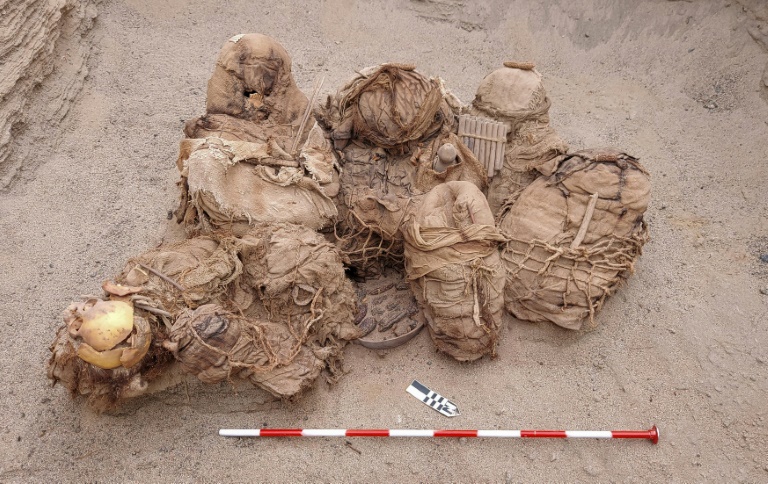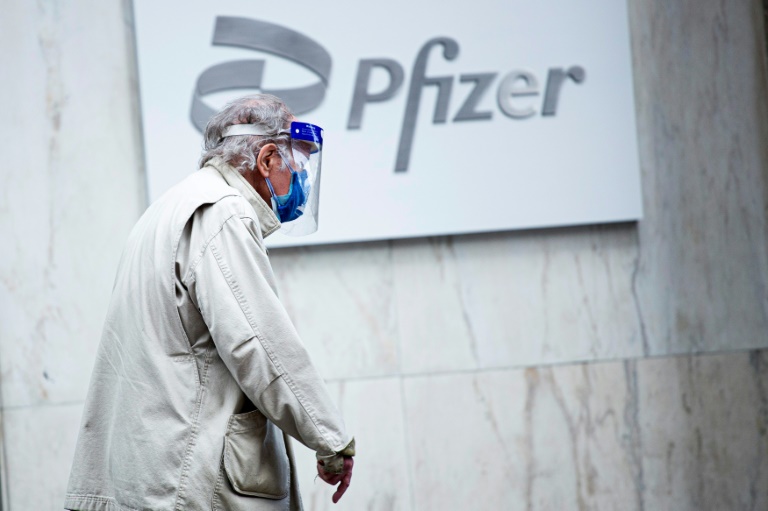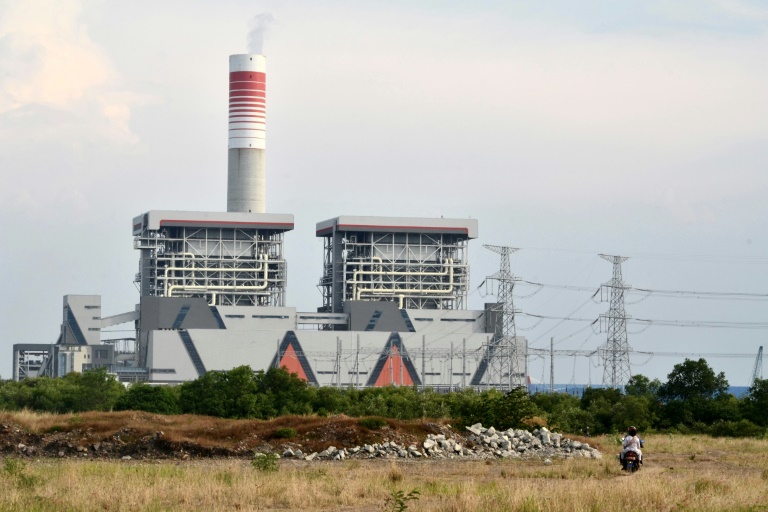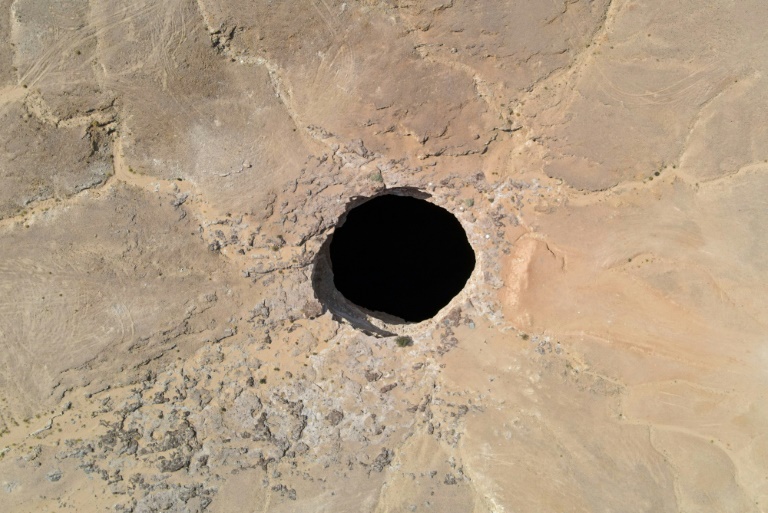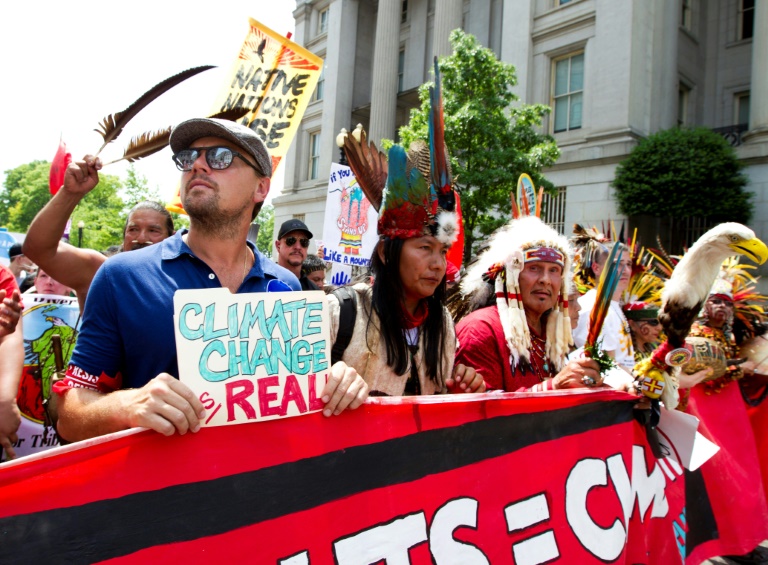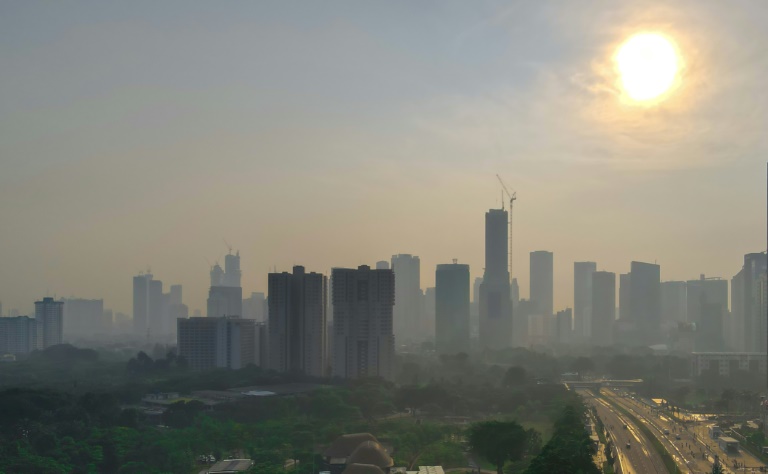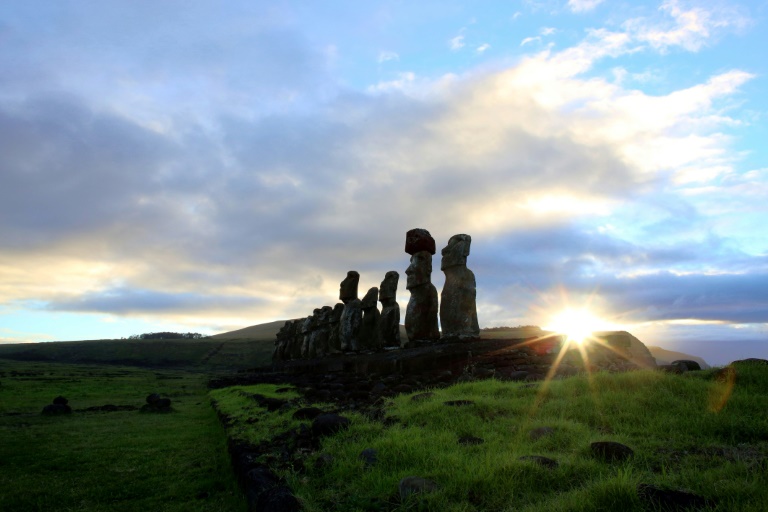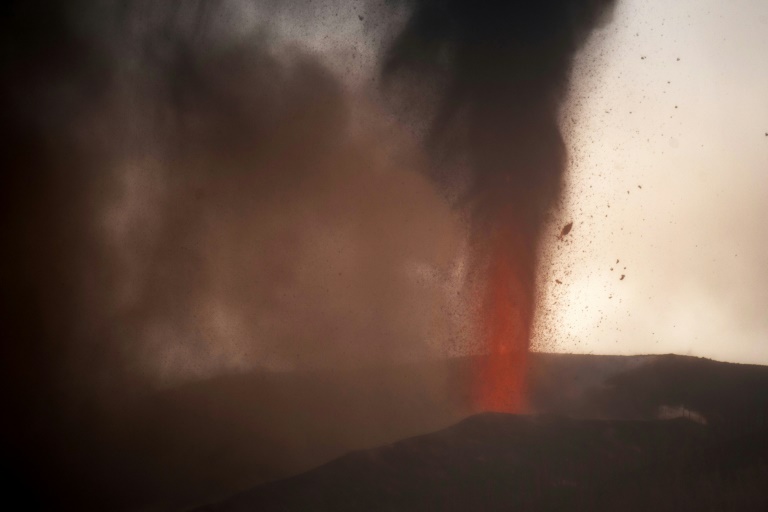The World Health Organization strengthened its air quality guidelines on Wednesday, saying air pollution was now one of the biggest environmental threats to human health, causing seven million premature deaths a year.
Urgent action is needed to reduce exposure to air pollution, said the UN body, ranking its burden of disease on a par with smoking and unhealthy eating.
“WHO has adjusted almost all the air quality guideline levels downwards, warning that exceeding the new… levels is associated with significant risks to health,” it said.
“Adhering to them could save millions of lives.”
The guidelines aim to protect people from the adverse effects of air pollution and are used by governments as a reference for legally binding standards.
The UN health agency last issued air quality guidelines, or AQGs, in 2005, which had a significant impact on pollution abatement policies worldwide.
In the 16 years since however, the WHO said more evidence had emerged showing that air pollution effected health at lower concentrations than previously understood.
“The accumulated evidence is sufficient to justify actions to reduce population exposure to key air pollutants, not only in particular countries or regions but on a global scale,” the organisation said.
– COP26 report –
The new guidelines come just in time for the COP26 global climate summit held in Glasgow from October 31 to November 12.
The WHO said that alongside climate change, air pollution was one of the biggest environmental threats to human health.
Its climate change chief Maria Neira said the WHO was preparing a major report to present in Glasgow to stress the “enormous health benefits” of reducing air pollution through mitigating climate change.
“You can imagine the incredible number of lives we will save,” she told journalists.
The new WHO guidelines recommend lower air quality levels for six pollutants, including ozone, nitrogen dioxide, sulphur dioxide and carbon monoxide.
The other two are PM10 and PM2.5 — particulate matter equal or smaller than 10 and 2.5 microns in diameter.
Both can penetrate deep into the lungs but researchers say PM2.5 can even enter the bloodstream, causing mainly cardiovascular and respiratory problems, but also affecting other organs, said the WHO.
In response, the PM2.5 guideline level has been halved.
In 2019, more than 90 percent of the world’s population lived in areas where concentrations exceeded the 2005 AQG for long-term PM2.5 exposure, with southeast Asia the worst-affected region.
– Premature deaths –
“Almost everyone around the world is exposed to unhealthy levels of air pollution,” said WHO chief Tedros Adhanom Ghebreyesus.
“Inhaling dirty air increases the risk of respiratory diseases like pneumonia, asthma… and increases the risk of severe Covid-19.”
Air quality markedly improved since the 1990s in high-income countries, the WHO noted. But the global toll in deaths and lost years of healthy life barely declined because air quality deteriorated in most other countries, in line with their economic development.
“Every year, exposure to air pollution is estimated to cause seven million premature deaths and result in the loss of millions more healthy years of life,” the WHO said.
In children, this could mean reduced lung growth and function, respiratory infections and aggravated asthma.
In adults, ischaemic heart disease — also called coronary heart disease — and strokes are the most common causes of premature death attributable to outdoor air pollution.
The evidence since 2005 showed how air pollution affected “all parts of the body, from the brain to a growing baby in a mother’s womb”, said Tedros.
Evidence is also emerging of other effects such as diabetes and neurodegenerative conditions, said the organisation.
Professor Alastair Lewis, of Britain’s National Centre for Atmospheric Science, said the guidelines “dramatically increase the scale of challenge to society” in cutting air pollution.
But he said the PM2.5 guidelines were “the most contentious” as they come from natural sources too — even from cooking — and can stay airborne for weeks.
“PM2.5 is, to an extent, also an inevitable and unavoidable consequence of living a 21st-century life,” said Lewis.

